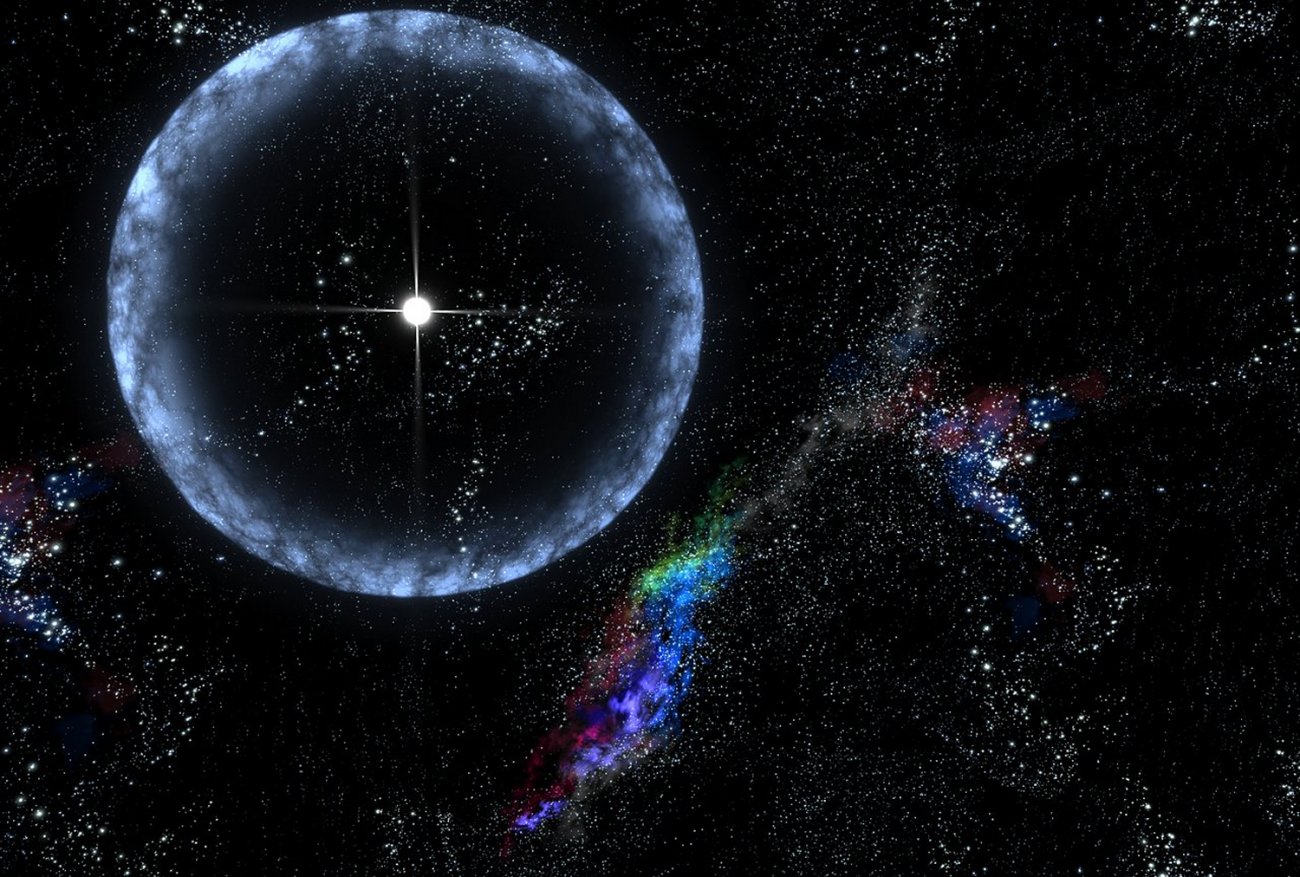Gigantic Planet With A Mass Almost 13 Times That Of Jupiter – Discovered
Eddie Gonzales Jr. – MessageToEagle.com – Brazilian astronomers have now delivered the first evidence of the existence of an exoplanet orbiting an older or more evolved binary in which one of the two stars is dead.
“We succeeded in obtaining pretty solid evidence of the existence of a giant exoplanet with a mass almost 13 times that of Jupiter [the largest planet in the Solar System] in an evolved binary system. This is the first confirmation of an exoplanet in a system of this kind,” Leonardo Andrade de Almeida, first author of the paper, said in a press release.
The planet is part of a binary system called KIC 10544976, which has two stars, one of which is live and one that’s dead.
Clues followed by the researchers to discover the exoplanet in the evolved binary called KIC 10544976, located in the Cygnus constellation in the northern celestial hemisphere, included variations in eclipse timing (the time taken for each of the two stars to eclipse the other) and orbital period.
“Variations in the orbital period of a binary are due to gravitational attraction among the three objects, which orbit around a common center of mass,” Almeida said.
Orbital period variations are not enough to prove the existence of a planet in the case of binaries, however, because binary stars’ magnetic activity fluctuates periodically, just as the Sun’s magnetic field changes polarity every 11 years, with turbulence and the number and size of sunspots peaking and then declining.
“Variations in the Sun’s magnetic activity eventually cause a change in its magnetic field. The same is true of all isolated stars. In binaries, these variations also cause a change in orbital period due to what we call the Applegate mechanism,” Almeida explained.
KIC 10544976 consists of a white dwarf, a dead low-mass star with a high surface temperature, and a red dwarf, a live (magnetically active) star with a small mass compared to that of our Sun and scant luminosity due to low energy output. The two stars were monitored by ground-based telescopes between 2005 and 2017 and by Kepler between 2009 and 2013, producing data minute by minute.
“The system is unique,” Almeida said. “No similar system has enough data to let us calculate orbital period variation and magnetic cycle activity for the live star.”
It remain unclear how the planet formed but one of the theories suggests that it formed at the same time as the two stars billions of years ago, while another is that it formed out of the gas ejected during the death of one star.
Analysis of the data showed that the red dwarf’s magnetic activity cycle lasted 600 days, which is consistent with the magnetic cycles estimated for low-mass isolated stars. The binary’s orbital period was estimated at 17 years.
“This completely refutes the hypothesis that orbital period variation is due to magnetic activity. The most plausible explanation is the presence of a giant planet orbiting the binary, with a mass approximately 13 times that of Jupiter,” Almeida said.
Written by Eddie Gonzales Jr. – MessageToEagle.com Staff Writer











